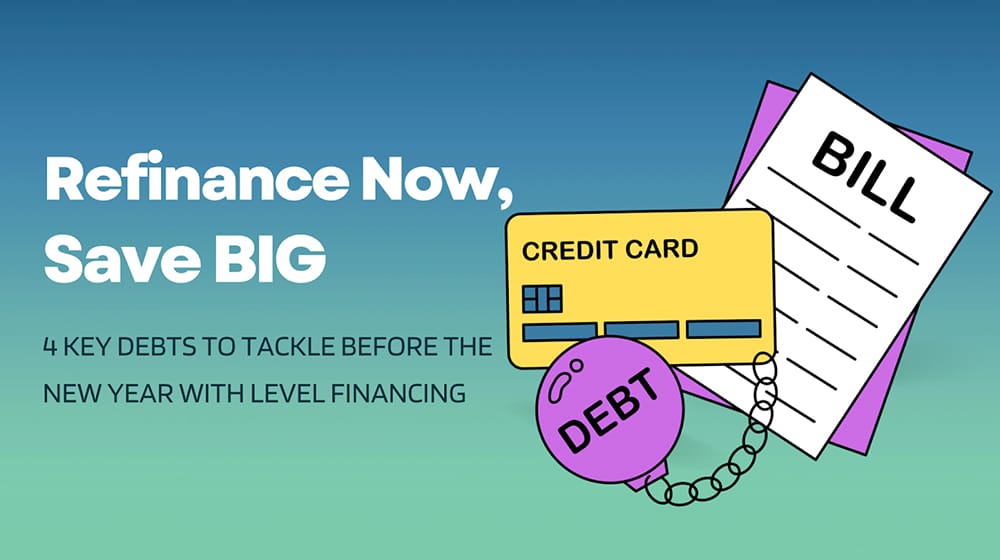Do you want to learn a new language? Many people do. Languages help us talk to more people. They help us learn about other cultures. They even help our brains stay sharp as we age.
But good language courses can cost a lot of money. You may wonder if a personal loan is a smart way to pay for them.
This post explains personal loans. It looks at the pros and cons of using them to pay for language classes. It also gives other options to think about. Read on to learn more.

Understanding Personal Loans
A personal loan lets you borrow money for any purpose. You get the cash upfront. Then, you pay it back over time with interest.
Personal loans offer fixed rates. Your rate stays the same for the full loan term. Terms often run from one to seven years.
People use personal loans to pay for big expenses. Examples are home renovations, weddings, medical bills, or debt consolidation.
Using one for education costs, like language classes, may also be an option.
These days, reputable online lenders like Level, offer very competitive rates and an uncomplicated application process, all this while guaranteeing the same safety as traditional lenders.
Key Takeaway: Personal loans provide money up front at fixed rates. You repay over a set timeframe. People use them to fund major costs, including potential education.
Pros of Using Personal Loans for Language Courses
Personal loans have potential benefits for financing language study:
- You must repay the full loan amount plus significant interest charges. This can add up to a heavy debt burden.
- Those with poor credit scores often get stuck with very high-interest rates. This greatly increases costs over time.
- Taking on a new loan can negatively impact your credit if not repaid responsibly. An important risk to consider.
- Some lenders charge fees if you try to repay faster than scheduled. This reduces flexibility.
- You do not receive the same buyer protections as with federal student loans. Relatively risky.
Key Takeaway: Seriously consider drawbacks like accumulating debt, high interest, credit score impacts, lack of flexibility, and missing safeguards before committing.
Cons of Using Personal Loans for Language Courses
Personal loans also come with some definite drawbacks.
- Debt accumulation – You must repay the full loan amount plus interest over time. This adds to your total debt load.
- High rates for poor credit – Those with lower credit scores pay higher interest rates, increasing costs.
- Credit impact – A new loan can negatively impact your credit score if not repaid promptly.
- Prepayment penalties – Some lenders charge fees if you repay early. This reduces flexibility.
- No buyer protection – You do not get the same protections as with federal student loans.
Key Takeaway: Potential downsides include increased debt, high rates for poor credit, credit score impacts, prepayment fees, and lack of buyer protections.
Alternatives to Personal Loans
Besides personal loans, you may also explore these options to fund language learning.
- Scholarships – Organizations and schools sometimes offer these based on merit or financial need.
- Grants – Federal, state, or school grants help cover education costs without repayment needed.
- Work-study programs – These allow you to work part-time while studying to earn tuition money.
- Employer tuition aid – Some companies offer reimbursement programs for employees’ education costs.
- Payment plans – The language school may let you split tuition across multiple installments.
Key Takeaway: Other options like scholarships, grants, work-study, employer tuition aid, and direct payment plans can fund language studies without taking on a personal loan.
Factors to Consider Before Taking Out a Personal Loan
Before deciding if a personal loan is right for language classes, reflect on factors like:
- Can you actually handle the monthly payments based on your current money situation? Take a real look at your income and expenses. Make sure it won’t be too much of a stretch.
- How do interest rates compare across different lenders? Make sure to shop around. Finding the lowest rate will save you a nice chunk of change in the long run.
- Do you qualify to borrow enough to cover the full cost of your language program? Don’t assume you can take out more than you really can.
- What’s the repayment term length? Going longer means smaller monthly bills. But you’ll rack up more interest over time. It’s a tradeoff to think about.
- Is it absolutely essential to start classes right away? Or do you have some wiggle room to save up for a bit first and avoid debt? Time to save = less owed.
- How might a new loan hurt your credit? This could lower your odds of approval for future loans when you need them. Be aware of potential impacts.
Key Takeaway: Carefully weigh factors like your budget, interest rates, loan amount, timeline, urgency, and credit impacts before committing.

Final Thoughts
The bottom line is personal loans can be great but also risky for funding language classes. Their predictable terms and fast cash are nice. But think hard about taking on debt and how it could affect your overall finances both now and in the future.
First, exhaust other options like employer programs, grants, and scholarships. But if a personal loan truly makes sense for your situation, move ahead cautiously. Compare lenders’ rates and terms to find the best loan for your needs and realistic budget. With eyes wide open, personal loans can be a viable route to invest in advancing your language education.




